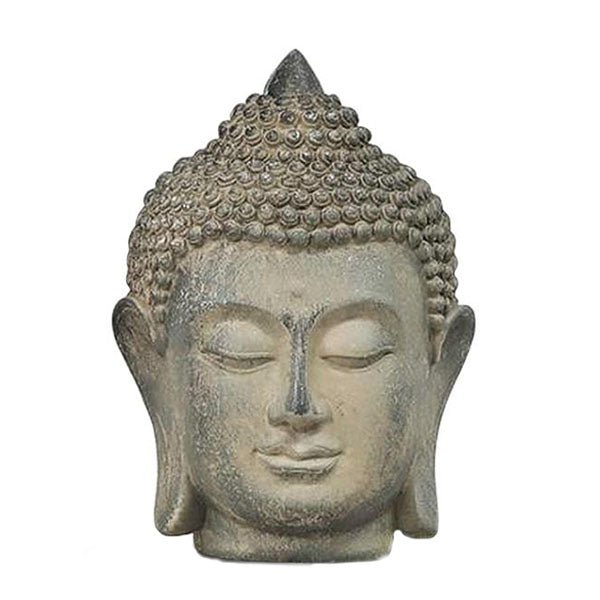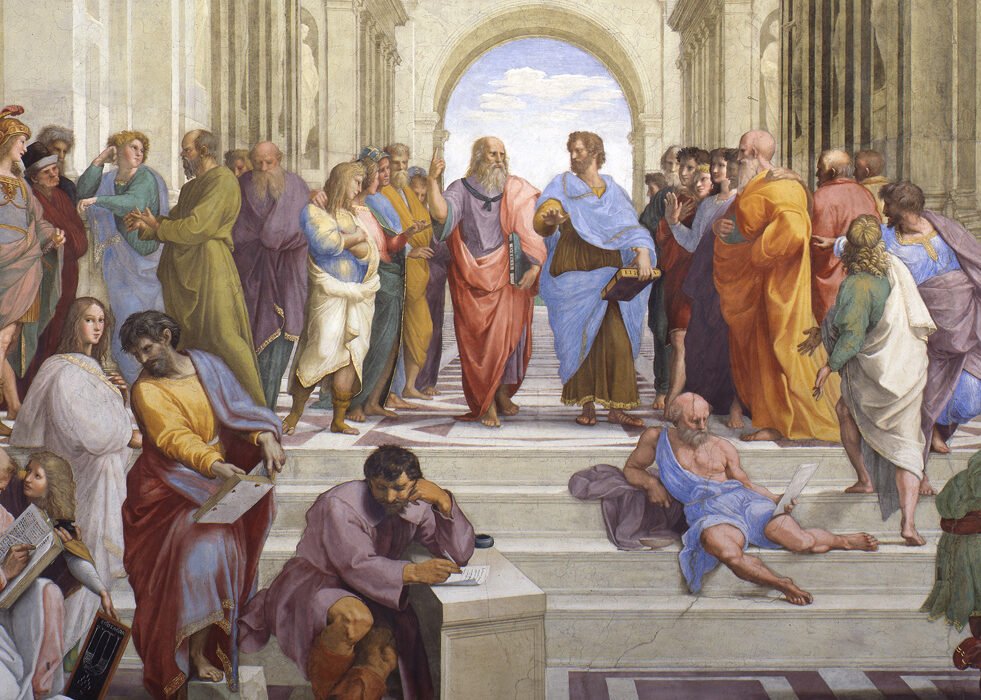Tucked between the eyebrows, just above the bridge of the nose, lies a point that mystics, yogis, shamans, and philosophers across centuries have revered as the seat of wisdom, inner sight, and spiritual awakening. Often invisible to the naked eye, yet described in ancient scriptures and modern esoteric traditions alike, this enigmatic center of consciousness is known as the third eye—a gateway to realms beyond the physical, a portal into the universe within.
Across cultures and civilizations, from Vedic India to Pharaonic Egypt, from the Daoist sages of China to the seers of the Andes, the third eye is referenced again and again. Sometimes called the Ajna chakra, sometimes the Eye of Horus, or the mind’s eye, or even the pineal eye—it appears in sacred texts, temple carvings, meditative practices, and secret initiations. But what exactly is the third eye? Is it just a symbol, or something tangible? A metaphor for insight, or a biological organ with hidden capabilities?
This is the story of a mystery that spans millennia, one that sits at the intersection of neuroscience and mysticism, of light and darkness, of inner stillness and infinite vision. It is the story of how the ancients might have known more about consciousness than we give them credit for, and how the third eye might be the key to unlocking the hidden potential of the human soul.
The Ancient Origins of Third Eye Wisdom
To understand the third eye, one must travel deep into the spiritual heart of the ancient world. In Vedic India, the concept of the third eye—called Ajna, meaning “command” or “perceive”—is central to yogic philosophy. It is believed to be the sixth chakra in the subtle body system, located in the center of the forehead, and associated with intuition, insight, and direct knowledge.
In the yogic tradition, the Ajna chakra is not merely symbolic. It is seen as a seat of higher consciousness, through which a yogi can access divine wisdom, clarity of perception, and even psychic abilities such as clairvoyance or telepathy. The ancient Upanishads speak of a “divine eye” that perceives truth beyond the illusions of the physical senses—a concept that has captivated seekers for centuries.
Simultaneously, in ancient Egypt, the Eye of Horus was a sacred symbol of protection, healing, and royal power. Though commonly interpreted as mythological, the Eye of Horus is remarkably anatomically accurate to the human brain’s pineal gland, with correspondences to the thalamus and corpus callosum. This has led many researchers to suggest that the Egyptians understood a deep connection between inner sight and the biological structure of the brain.
Similarly, in Daoist practices from ancient China, cultivation of “inner vision” through meditation and breath control was central to achieving immortality and enlightenment. Daoist sages spoke of the “Heavenly Eye”, an energetic center that allowed them to see the movement of qi (life energy), read cosmic patterns, and even travel beyond the body.
From the Mayan codices to Tibetan thangka paintings, from Sufi poetry to Kabbalistic teachings, references to a secret eye, a hidden vision, and the awakening of inner perception appear with uncanny frequency. Were all these cultures independently accessing the same spiritual truth? Or were they inheritors of a primordial wisdom that we have since forgotten?
The Pineal Gland: Biology Meets Mysticism
Modern science enters the conversation through an unassuming, pine-cone-shaped organ deep in the center of the brain: the pineal gland. About the size of a grain of rice, the pineal gland has long puzzled anatomists and philosophers alike. In 1649, the French philosopher René Descartes famously called it the “seat of the soul”, believing it to be the point where the mind and body connect.
The pineal gland’s known function in regulating circadian rhythms through the production of melatonin (a hormone that governs sleep-wake cycles) is only one layer of its mystery. What fascinates mystics and neuroscientists alike is its location—nestled precisely in the geometric center of the brain—and its sensitivity to light, despite being tucked away in the darkness of the cranial vault.
More intriguingly, the pineal gland contains photoreceptor cells similar to those found in the retina of the eyes, which has led some scientists to speculate that it is a kind of “third eye”, capable of perceiving light and possibly other frequencies. In many lower vertebrates, such as reptiles and amphibians, a true third eye (called a parietal eye) does exist, which detects light and helps regulate behavior.
This anatomical detail links back uncannily to ancient descriptions. Could the third eye of spiritual lore be more than just metaphor? Could it be a dormant organ capable of much more than we currently understand?
Theories abound. Some researchers speculate that the pineal gland produces trace amounts of DMT (dimethyltryptamine), a powerful psychedelic compound naturally occurring in many plants and animals. DMT, often called the “spirit molecule,” induces vivid visionary states and profound mystical experiences, including encounters with otherworldly beings and transcendent realms. This biochemical link has sparked debates about whether the pineal gland is the physical gateway to spiritual dimensions—a literal “stargate” within the human brain.
The Third Eye in Yogic and Esoteric Traditions
In the yogic tradition, awakening the third eye is a sacred process—one that involves purification of the body, discipline of the mind, and expansion of consciousness. Practices such as meditation, mantra chanting, breathwork (pranayama), and specific yoga postures are all designed to activate and harmonize the chakras, with particular focus on the Ajna center.
When the third eye is open, according to yogic teachings, the practitioner gains access to jnana (knowledge), viveka (discernment), and darshan (divine vision). One sees beyond duality, beyond illusion (maya), and into the interconnected truth of all things. The ego dissolves, and a deeper self emerges—a self that is not bound by time, space, or identity.
Similarly, in Kundalini Yoga, the rising of Kundalini energy—from the base of the spine up through the chakras—culminates in the opening of the third eye and the crown chakra. This process is said to awaken supernatural faculties: heightened intuition, prophetic dreams, astral travel, and oneness with universal consciousness.
In Western esotericism, particularly in Hermetic and Rosicrucian traditions, the third eye is understood as the inner eye of wisdom, often symbolized by the all-seeing eye or the triangle of illumination. Secret societies have long hidden this symbol in architecture, art, and symbolism, linking it to the idea that true power lies not in the external world, but in the mastery of one’s own mind and spirit.
The Christian mystic tradition also alludes to inner vision. In the Gospel of Matthew, Jesus says, “If thine eye be single, thy whole body shall be full of light.” Many scholars believe this refers to the third eye—a concept that overlaps with Gnostic and Kabbalistic teachings about divine light and inner awakening.
How to Awaken the Third Eye: Practices and Pathways
For those drawn to explore the potential of the third eye, a wide array of ancient and modern practices exist to support its activation. Yet, seekers must approach the journey with respect and patience; awakening the third eye is not a game, but a sacred unfolding.
Meditation is the foundational practice. Sitting in silence, focusing awareness on the space between the eyebrows, and using visualizations (such as a glowing indigo light or a lotus) can stimulate the Ajna chakra. With time, practitioners often report sensations of pressure, tingling, or heat in the forehead area—signs of energetic awakening.
Mantra chanting is another powerful tool. The seed sound “OM” is closely associated with the third eye. Chanting it with focus and reverence can align brainwaves, open subtle channels, and raise vibrational frequency. Sanskrit mantras such as “Om Aim Hreem Kleem” or “Om Namah Shivaya” are also traditionally used to purify consciousness and elevate awareness.
Breathwork (Pranayama), especially practices like Nadi Shodhana (alternate nostril breathing) or Kapalabhati (shining skull breath), help to cleanse the energy channels (nadis), balance the nervous system, and stimulate the pineal gland. Breath is the bridge between body and spirit—and when mastered, it becomes a tool for transcendence.
Sacred geometry and light work—using geometric visualizations or meditating with tools such as pyramids, mandalas, and crystals—can enhance third eye energy. Ancient temples and cathedrals were often built according to sacred proportions, designed to activate subtle centers in those who entered them.
Modern approaches may also involve sound frequencies, especially binaural beats and solfeggio tones tuned to resonate with the third eye chakra (typically around 936 Hz). These sound waves can shift brain activity into theta or gamma states—associated with intuition, healing, and mystical insight.
Importantly, one must also cultivate the virtues of clarity, discipline, humility, and love. Without ethical grounding and spiritual integrity, opening the third eye can lead to confusion or ego inflation. The goal is not to gain power, but to awaken wisdom.
Visions, Psychic Powers, and the Supernatural
When the third eye awakens, the world changes. Colors become more vivid, time flows differently, synchronicities increase, and the veil between the seen and unseen begins to lift. This is the realm of the clairvoyant, the prophet, the oracle—individuals who see beyond the physical and tap into realms of archetypes, energies, and divine guidance.
Reports from third eye experiences include lucid dreams, astral projection, remote viewing, spontaneous knowing (claircognizance), and spiritual visions. Some describe seeing auras, communicating with spirit guides, or receiving downloads of complex information in moments of deep stillness.
The third eye is often a bridge to past life memories, ancestral healing, or karmic insights. It connects the soul to the Akashic records—a vast energetic database said to contain the history of every soul.
Skeptics may dismiss these phenomena, yet an increasing number of scientific studies on near-death experiences, psi abilities, and the neurobiology of mystical states suggest that human consciousness is far more expansive than once believed. The third eye may simply be the key to accessing layers of reality that have always existed—just beyond the veil.
The Suppression of the Third Eye and the Awakening of Humanity
Throughout history, there has been a deliberate effort to suppress the inner eye. Whether through dogmatic religion, toxic ideology, or modern distractions, humanity has been steered away from introspection, intuition, and inner wisdom.
Some researchers point to the calcification of the pineal gland—often caused by fluoride, poor diet, and environmental toxins—as a physical metaphor for this suppression. The more disconnected we are from our inner vision, the easier it is to manipulate or control the outer world.
But the tides are shifting. Across the globe, a spiritual renaissance is underway. People are meditating, exploring consciousness, reviving ancient practices, and seeking truth not from authority, but from within. This awakening is not about returning to the past, but integrating its wisdom with the tools of the present.
The third eye is opening on a planetary scale—and with it, a new age of compassion, insight, and unity may be born.
Conclusion: Seeing with the Eye of the Soul
The third eye is not a myth. It is not fantasy or superstition. It is a living, dynamic part of the human experience—woven into our biology, our psychology, our history, and our destiny.
It is the eye of intuition, of memory, of divine imagination. It is the compass that points inward, guiding us home to our deepest truth. It is both the mirror and the window—reflecting our inner world and revealing the outer cosmos.
To awaken the third eye is to step beyond fear and illusion, and into the radiance of who we truly are: beings of light, of wisdom, of infinite potential.
The question is not whether the third eye exists—but whether we are willing to see.






